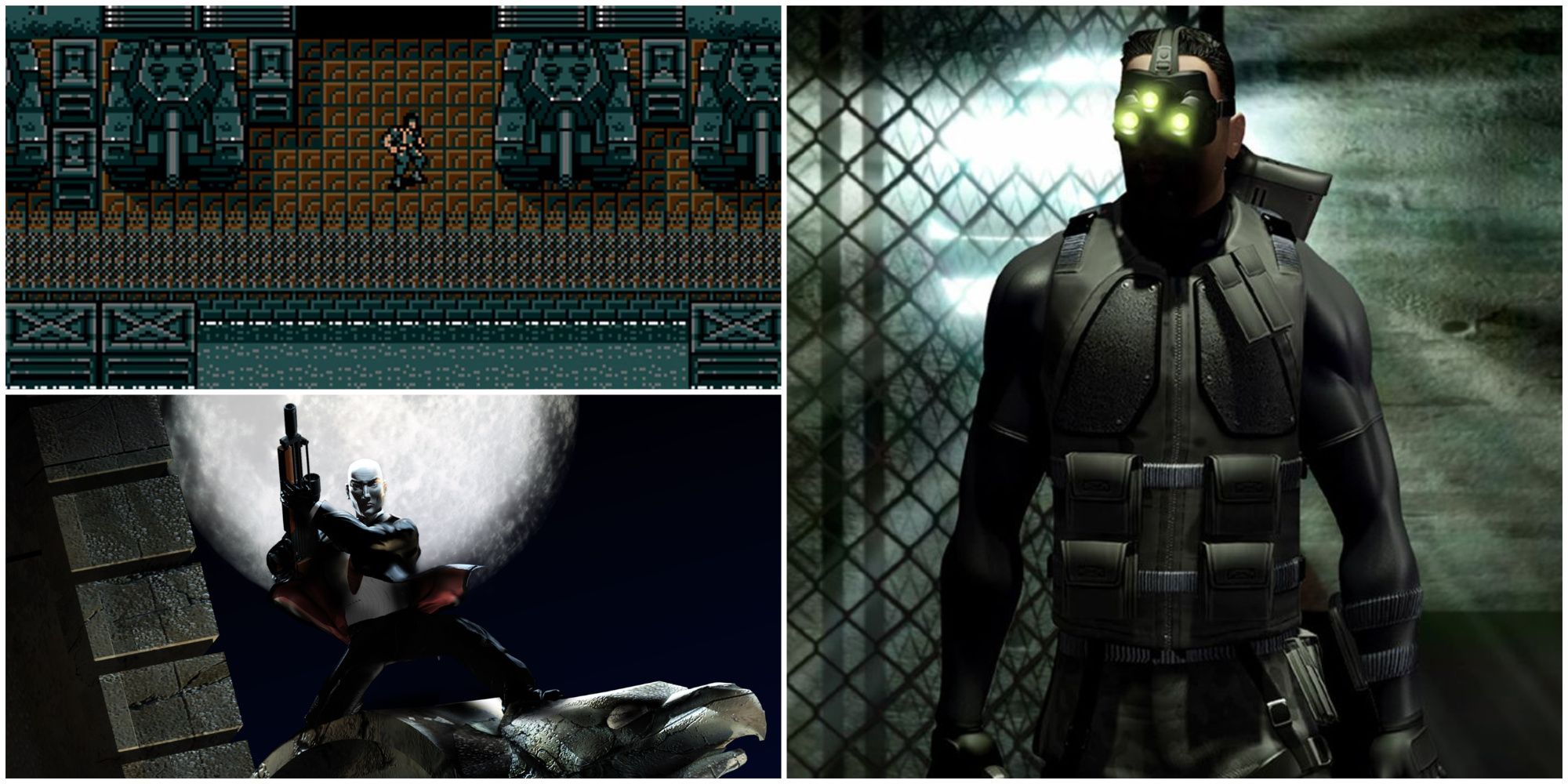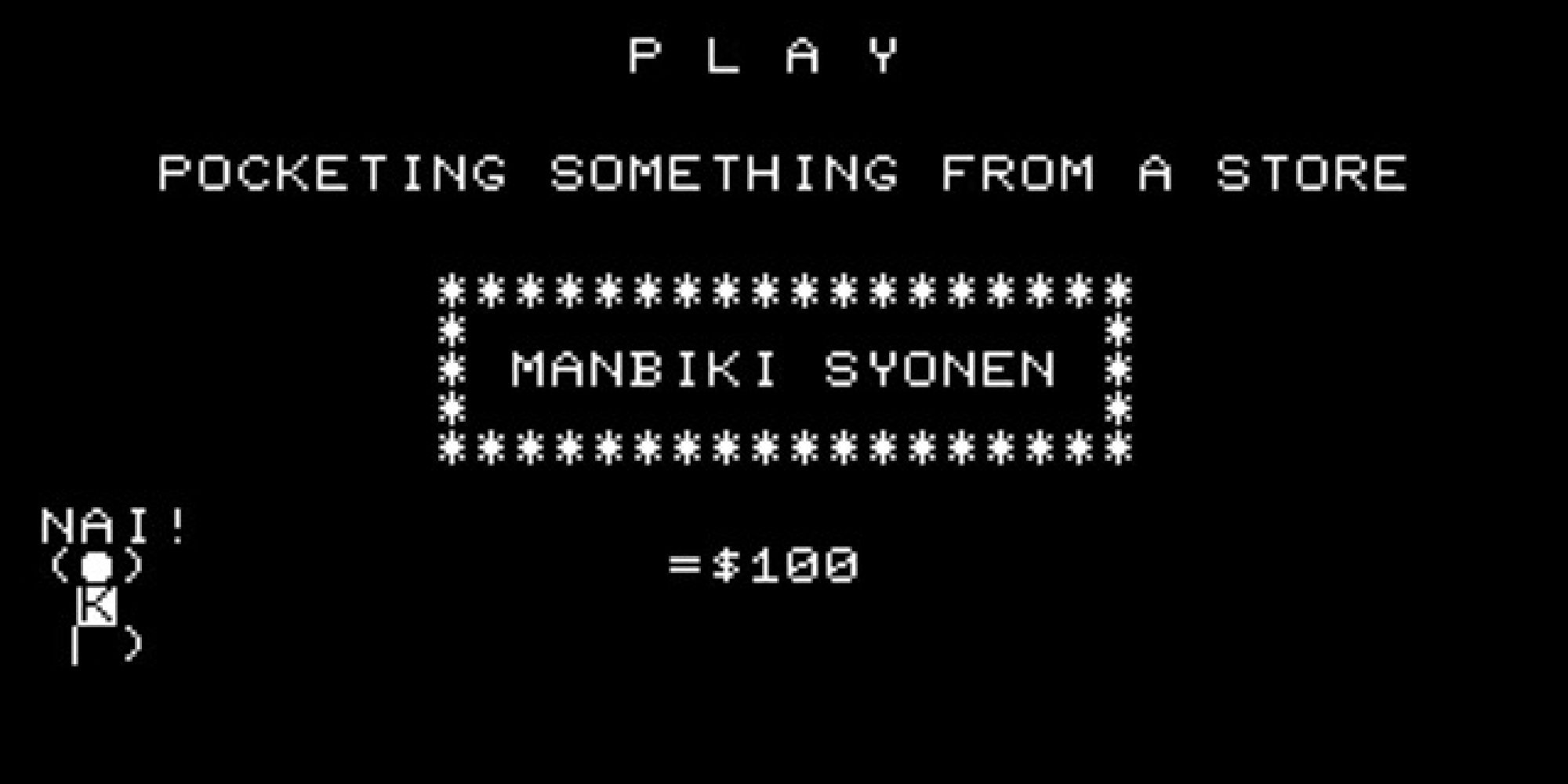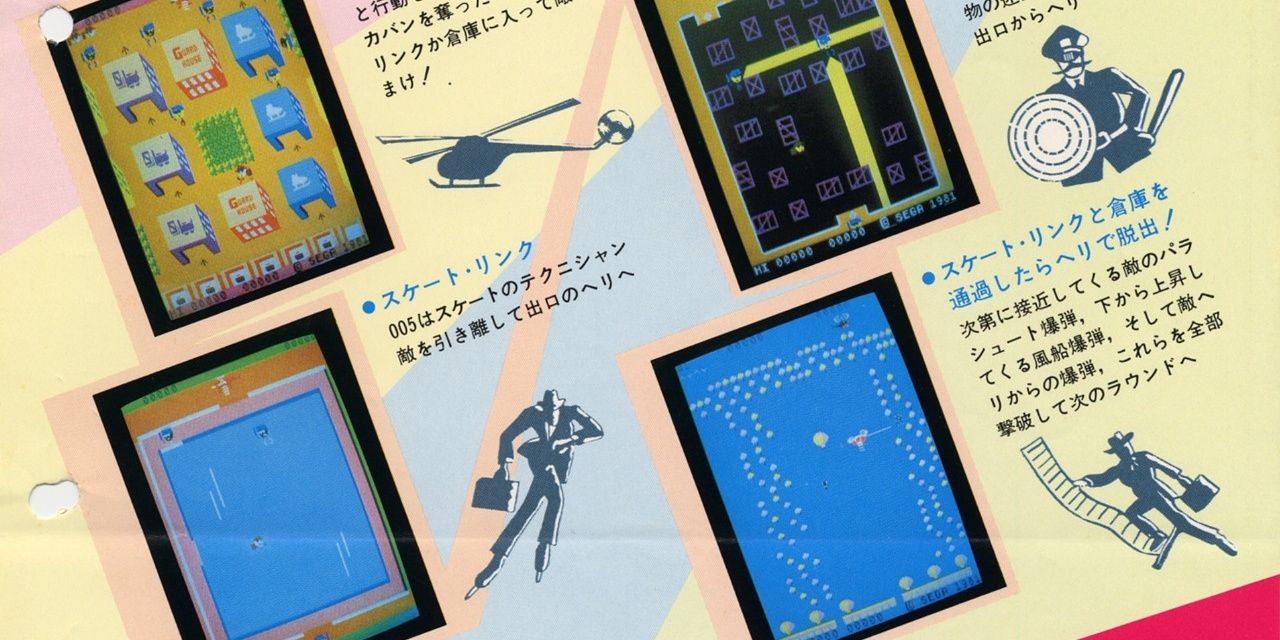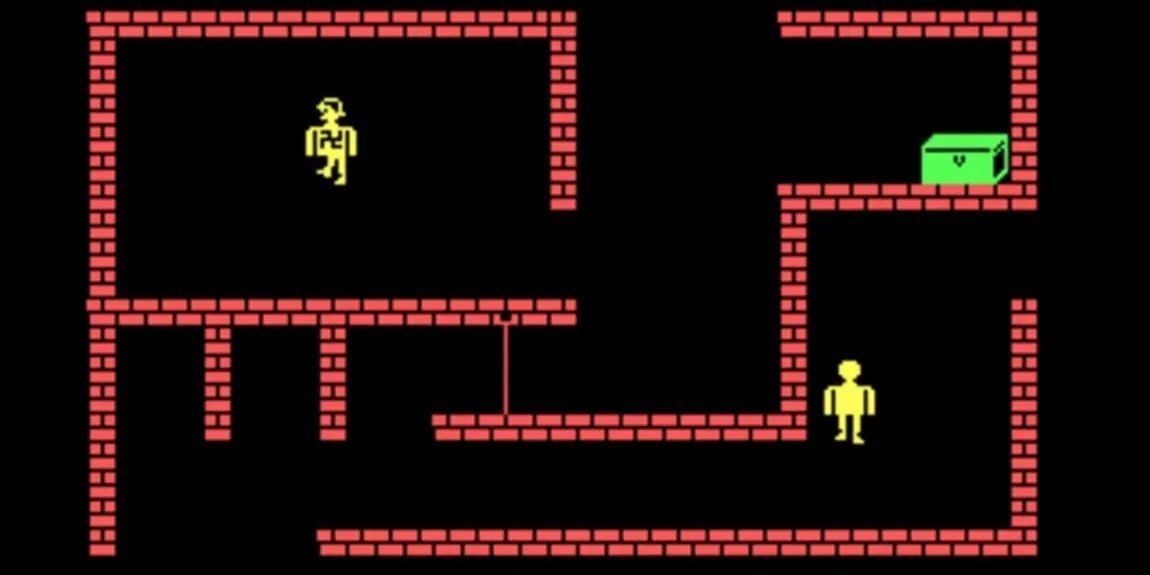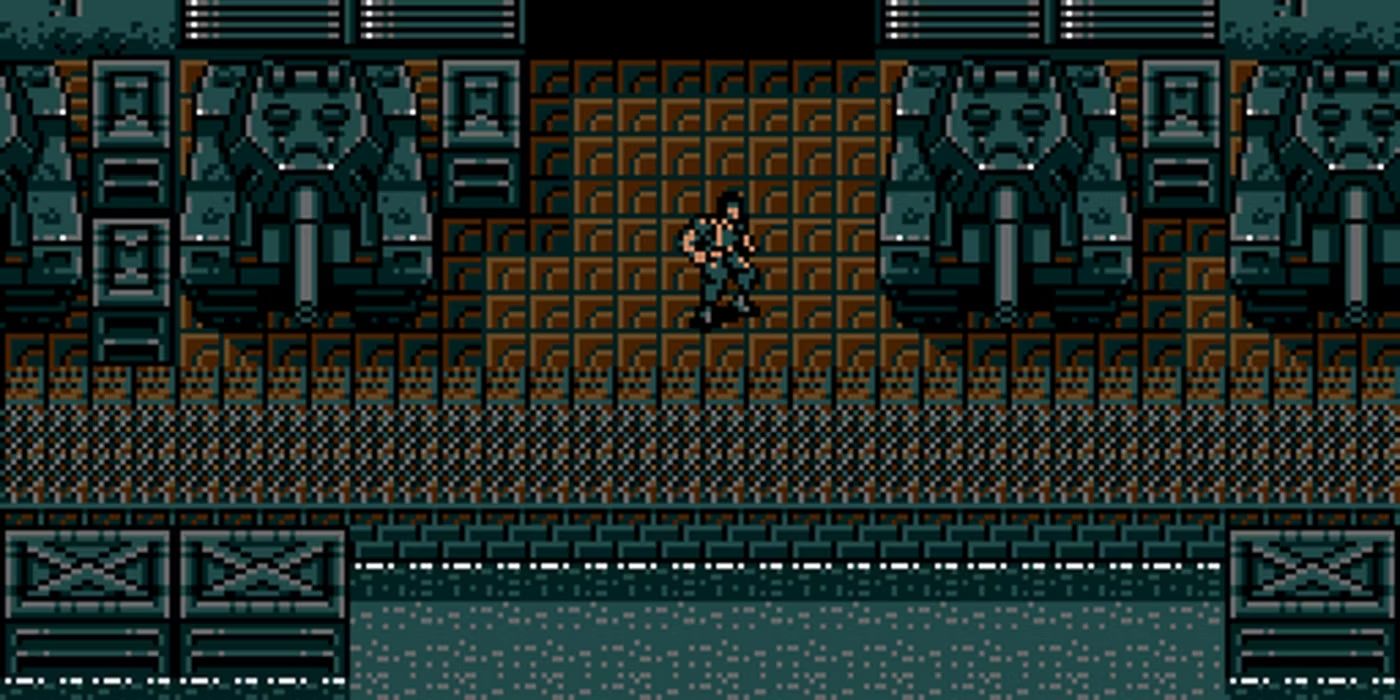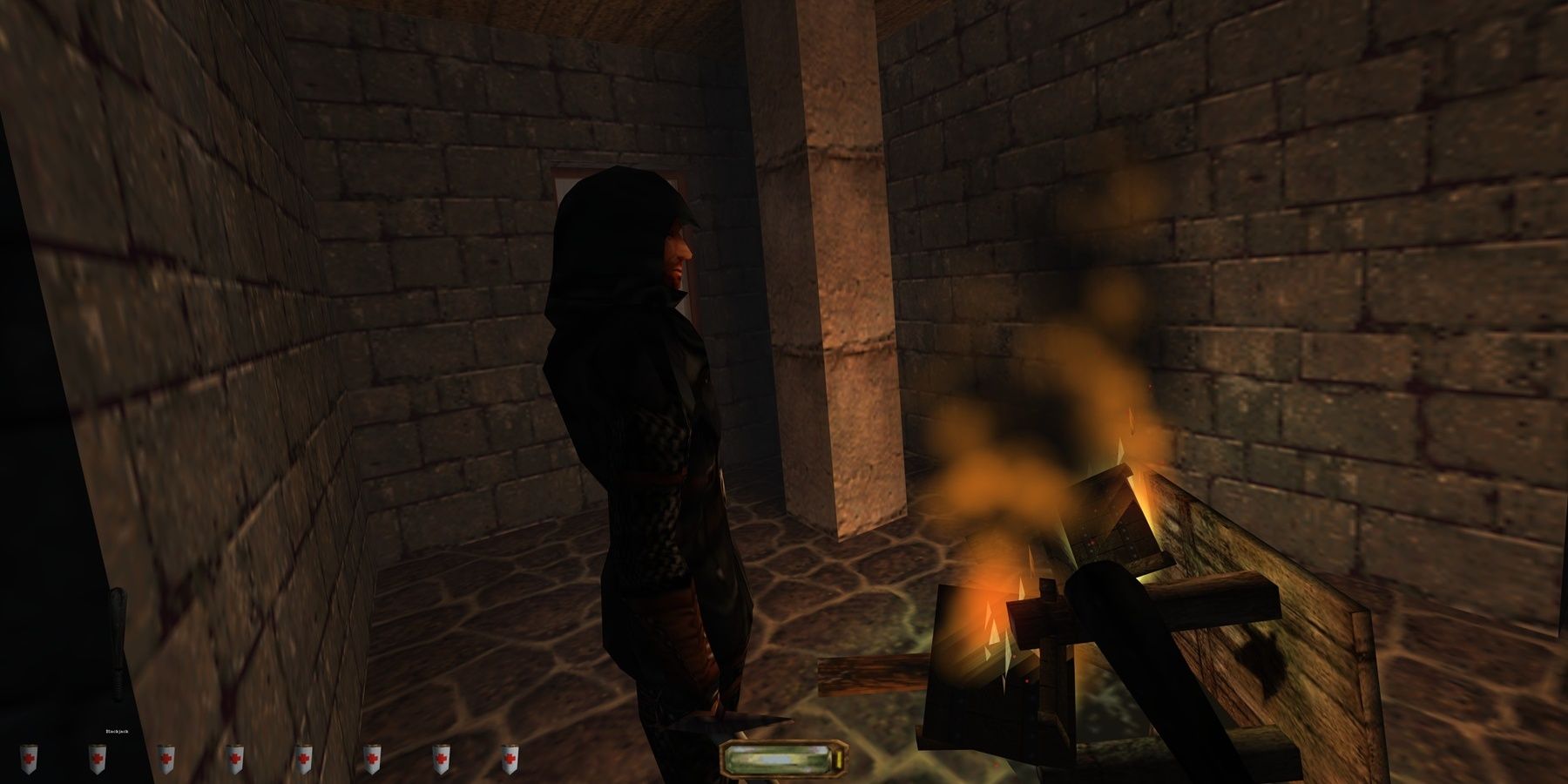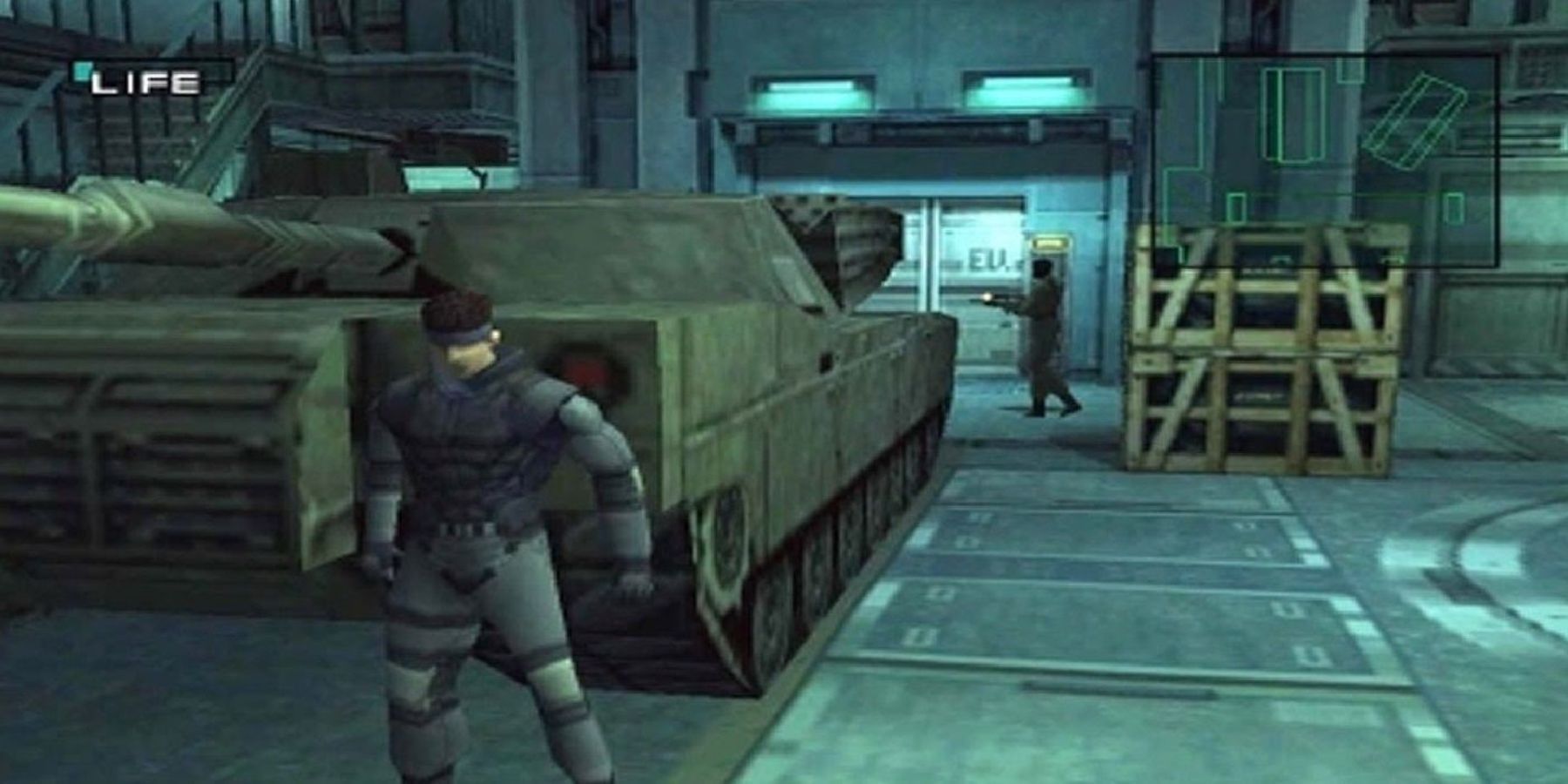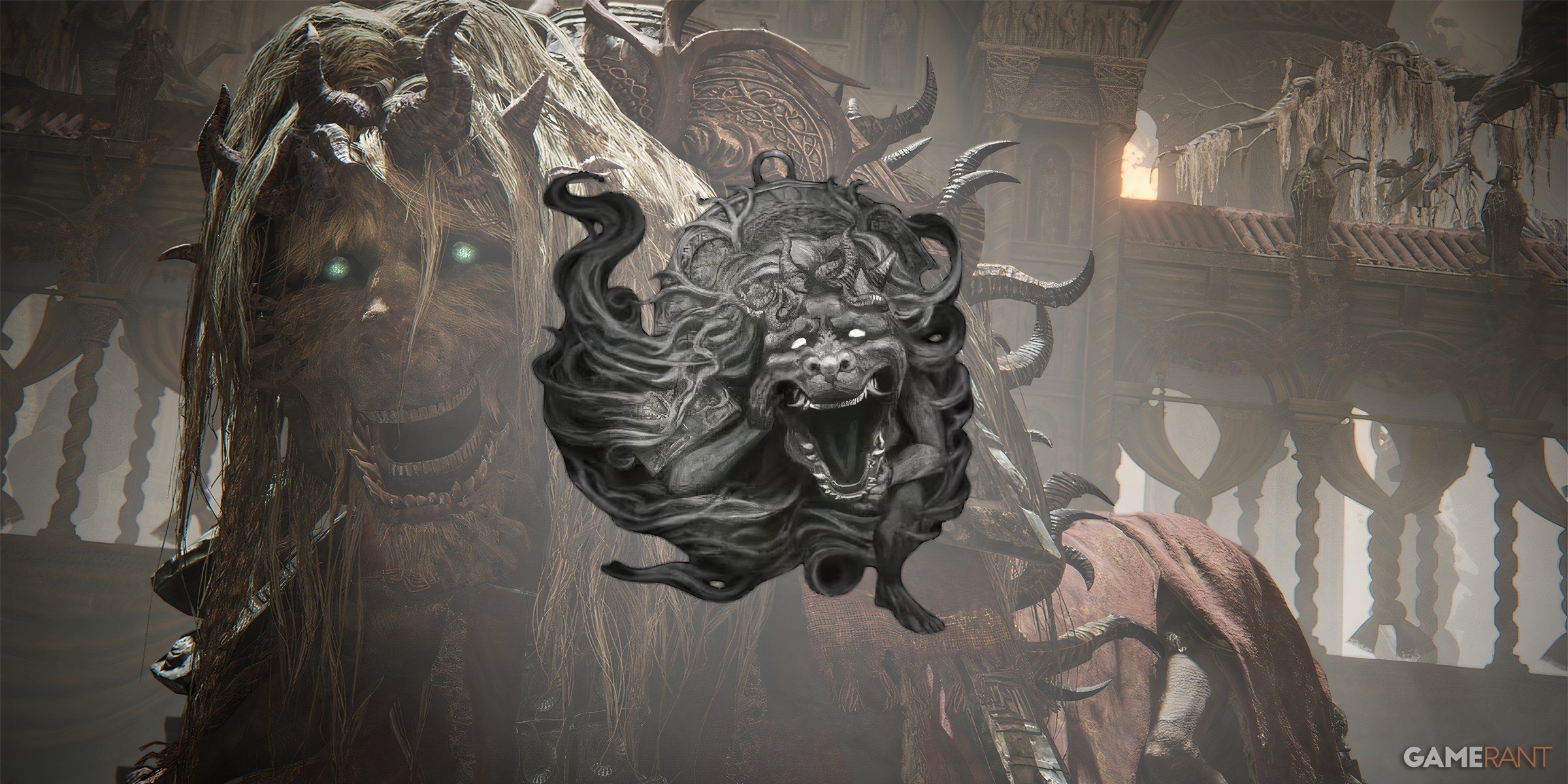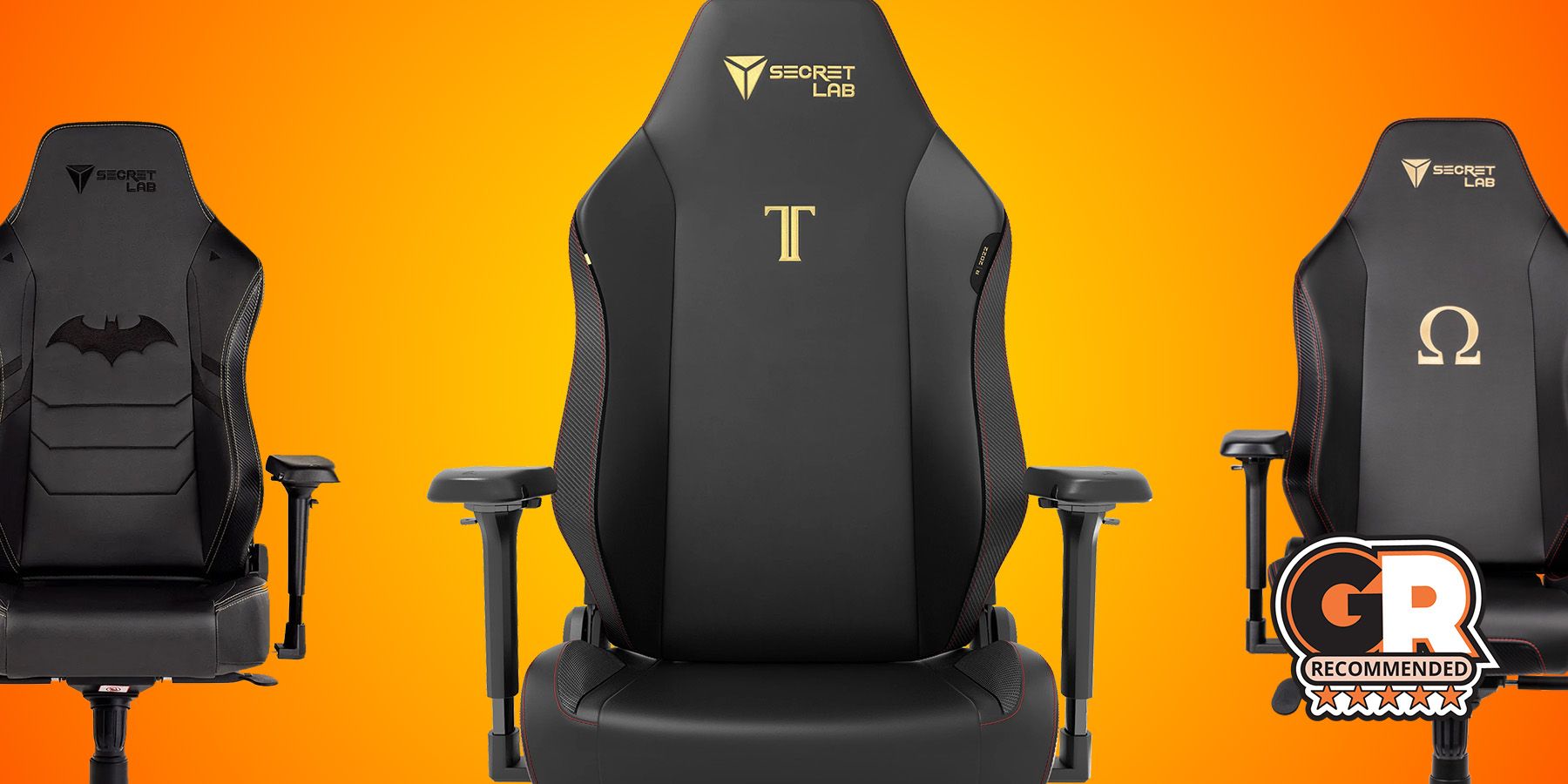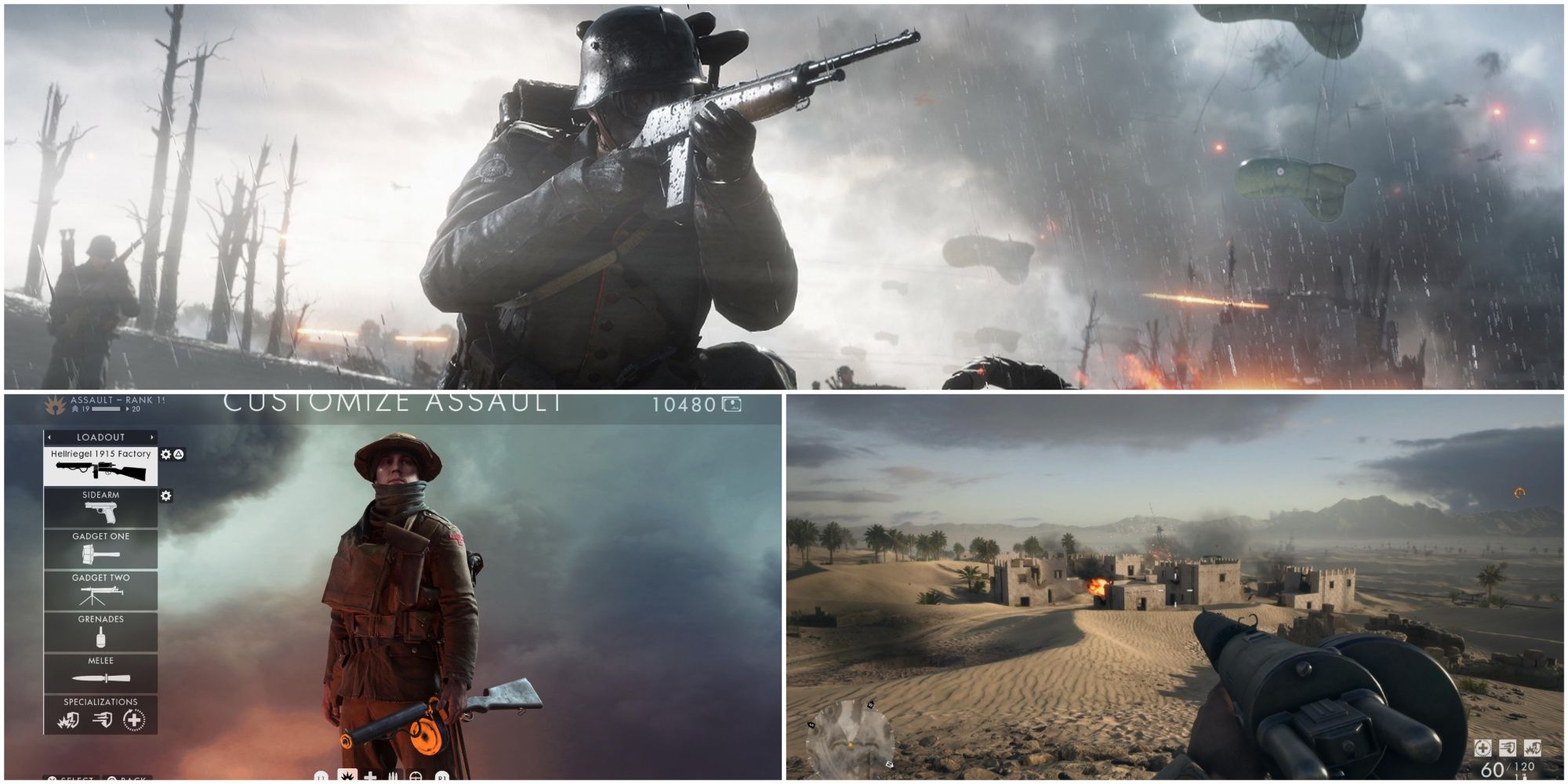Highlights
- Manbiki Shōnen: The first stealth game ever made in 1979 was about shoplifting items without getting caught for a high score.
- 005: Released in 1981, this arcade game by Sega featured the first hub world and guards with cones of vision to avoid.
- Castle Wolfenstein: Initially a stealth game, its gameplay mechanics inspired games over twenty years later.
There are plenty of games that are all about head-on, direct, wild combat, and they can be tons of fun. However, some people get more of a thrill from carefully taking out their threats with finesse, or even bypassing them entirely through their smarts alone. Stealth games are great at this, as the high risk of getting caught is offset by the high reward of pulling off an objective successfully.
7 PS2 Stealth Games Almost No One Remembers
For better or for worse, these PlayStation 2 stealth games have faded away and have been mostly forgotten by the masses.
It’s since become a common feature in action games, with Assassin’s Creed pulling it off in style, and Sekiro: Shadows Die Twice making stealth attacks instant kills over the direct approach. Yet some sneak ‘em ups have had a bigger impact on the genre than others, and these influential stealth games have the biggest impact of all.
8 Manbiki Shōnen
The First Stealth Game Ever Made
- Developer: Hiroshi Suzuki
- Platform: Commodore PET, Commodore Business Machines
- Release: November 1979
Every journey begins with a single step, but going back to find that first step is tricky. Many sources cite Metal Gear as the first stealth game, but it was beaten to the post by at least three games before its release. The oldest of the bunch is Manbiki Shōnen, or “Shoplifting Boy,” from 1979. Released for the Commodore PET, it did what it said in the title.
Players had to steal everything from a store’s shelves without getting caught. The more items they nab, the more points they earn. But if they get caught, they’re put in jail, causing a game over. It’s as simple as its black-and-white numeric graphics. Yet its simplicity was enough to inspire other early stealth games like Lupin III and Sega’s own comic crime simulator Bonanza Bros. Though largely lost, it’s now considered to be the first stealth game, as recounted in John Sczepaniak’s three-volume work, The Untold History of Japanese Game Developers.
7 005
Pioneering Stealth In The Arcades
- Developer: Sega R&D Japan
- Platform: Arcade
- Release: October 1981
Since 1979’s Manbiki Shōnen was essentially lost for decades, and 1980’s Lupin III was similarly obscure, others gave the “first stealth game” title to 1981’s 005, like the Guinness Book of World Records. Made by Sega for arcades, players had to maneuver their spy around enemy guards, pick up a briefcase of secret documents, and then make their way to a waiting helicopter to escape.
The game would mix up threats with ice hazards and flashlights. But it would give players some help by illustrating the guards’ cone of vision, akin to Metal Gear Solid’s soliton radar, and letting the player hide in boxes. On top of beating Hideo Kojima’s series to those punches, the game is also credited with featuring the first hub world in video games, as the player chooses their level by entering one of a set of warehouses.
6 Castle Wolfenstein
When B.J. Blazkowicz Had To Sneak Instead Of Shoot
Castle Wolfenstein
- Platform(s)
- Apple II , Atari 400 , Commodore 64 , MS-DOS
- Released
- 1981-09
- Developer(s)
- Muse Software
- Genre(s)
- Action-Adventure , Stealth
Ironically, the series most famous for bringing first-person shooters to the forefront started life as a stealth game. Wolfenstein 3D’s developers, id Software, initially planned on making a 3D recreation of this game, including its stealth mechanics. But they eventually decided to take a more action-based approach to simplify things, which would lead to Doom, Duke Nukem 3D, Quake, and more. The original Castle Wolfenstein from 1981 had World War 2 movies like The Guns of Navarone in mind.
5:42
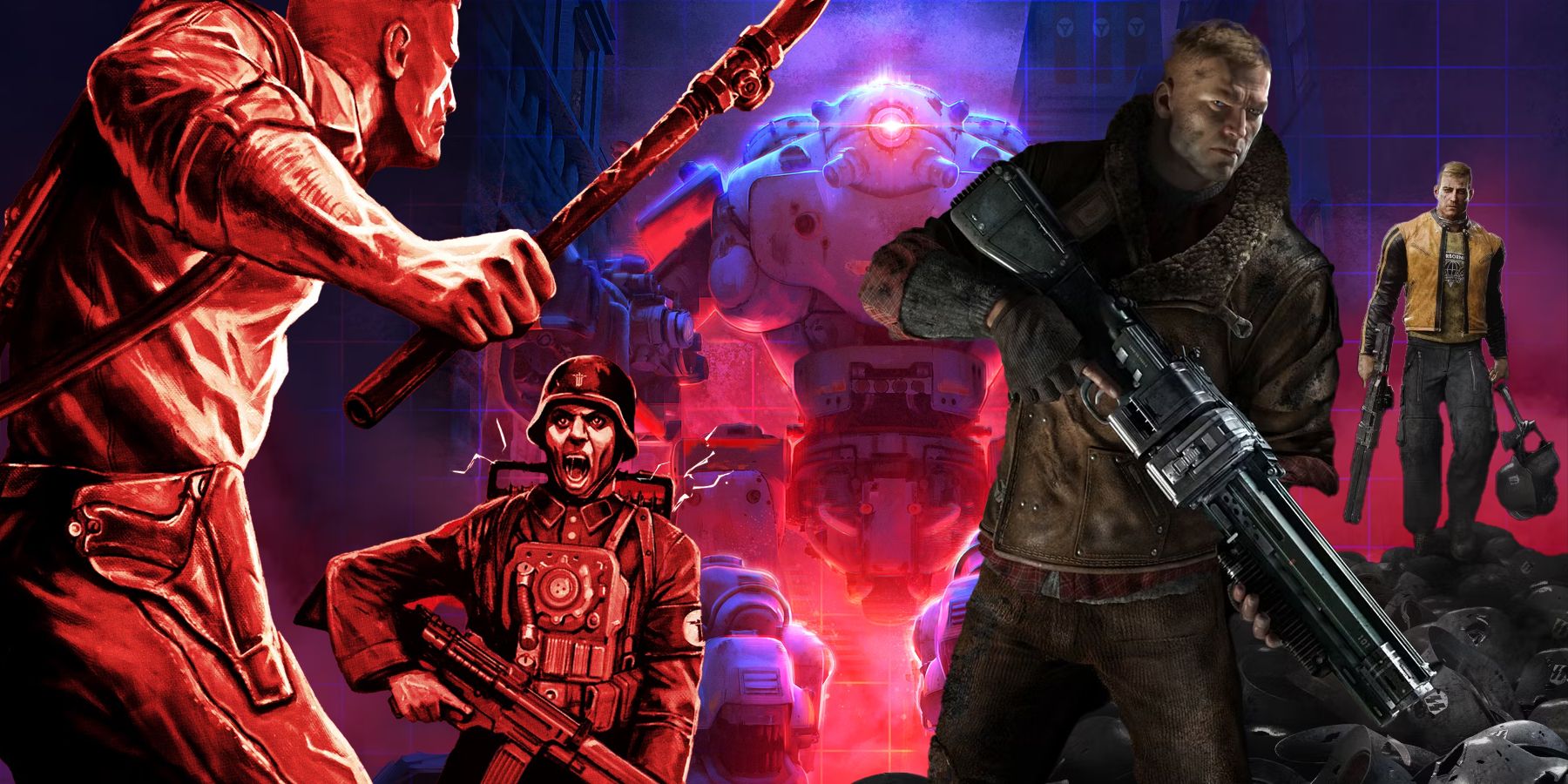
Every Wolfenstein Game, Ranked
Wolfenstein is a franchise that has often played second fiddle to others in the gaming industry, but it deserves recognition for some of its games.
Imprisoned in the titular castle, the player has to find a way to sneak out of their cell, grab the Nazi’s war plans, then flee to safety. Its gameplay was intricate for the time, featuring procedurally generated levels, holding up foes for items, and impersonating enemy guards to get around obstacles. The latter elements wouldn’t get popularized in the stealth genre until twenty years later with Metal Gear Solid 2 and Hitman.
It Doesn’t Have To Be First To Be The Best
Metal Gear
- Platform(s)
- PC , Commodore 64
- Released
- June 17, 1988
Between 005 and Castle Wolfenstein, it may seem like Metal Gear didn’t offer much to the table. If it wasn’t the first game to do stealth, or the first to do the cardboard box trick, what did it have? Refinement. It took its predecessors’ steps and put them in a more tightly designed package, letting players know if guards spotted them (“!”), and how to shake them off their tail.
It also brought sound into the mix. Without a suppressor, gunfire is going to attract the enemy’s attention and bring more trouble. The game encourages playing with care, from its promotion mechanics (killing hostages = less max health and ammo) to its more puzzle-based obstacles. It also had a more involved story, as players could get help over the radio, but one of their contacts wasn’t who they appeared to be. It offered a mystery that kept players hooked until the end.
4 Splinter Cell
Mastering Light And Darkness
Tom Clancy’s Splinter Cell
- Released
- November 18, 2002
- Genre(s)
- Stealth
Jumping ahead just over a decade or so, Splinter Cell would become famous as the big stealth alternative to the Metal Gear Solid series. Though it would eventually get ported to multiple platforms, the first game started as an Xbox exclusive that gave its owners their own taste of sneaking with a dramatic, politically thrilling plot. It even arguably outdid the MGS games at the time in stealth as well.
For one, it offered a third-person multi-directional camera rather than the old top-down view, giving players a better view of how close they were to their foes. It also made better use of lighting, where players could shoot out lights to make a location darker, making it easier for them to hide in the shadows and slip by. MGS2 would do something similar, but SC made it a key feature that could spell the difference between success and failure.
3 Hitman: Codename 47
Stealth In A Sandbox
Hitman: Codename 47
- Released
- November 19, 2000
- Genre(s)
- Stealth
A lot of classic stealth games can be quite linear, where each location is more like a series of corridors with a different sneaking challenge. Even when open-world games began catching on, MGS, Splinter Cell, and co. would keep their level design straightforward. Hitman: Codename 47 would switch things up by placing the player in multiple little sandbox-like levels instead. Kind of.
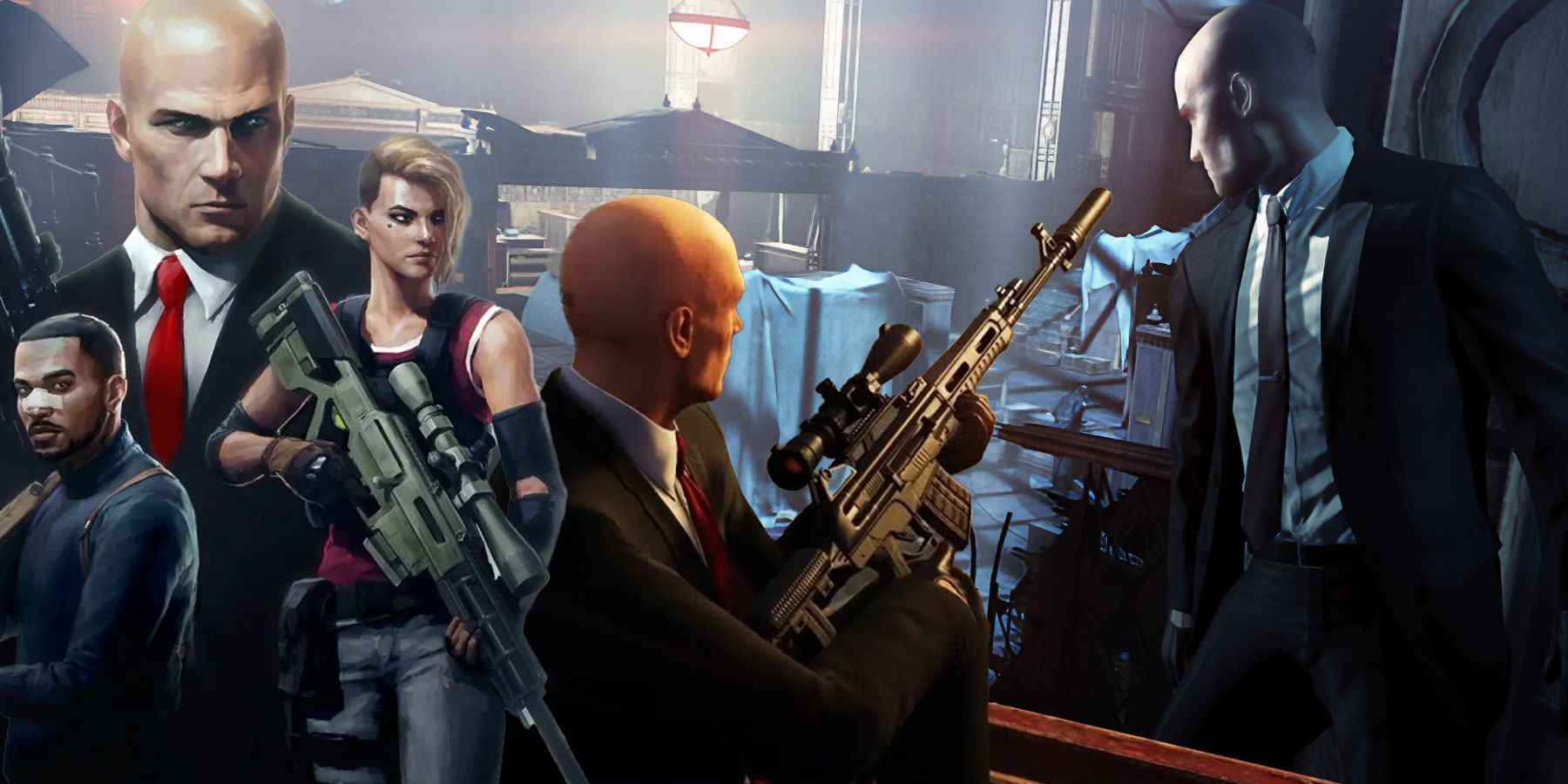
Every Hitman Game, Ranked
With multiple games in the franchise, how does every single title in the Hitman series rank up?
Being the first game in the series, its mechanics weren’t as refined as its sequels, with some heavy action levels and FPS-like controls. But its structure was in place: players could use any method they could think up to eliminate their target(s). The series used stealth to turn it into a murder-themed puzzle where there were plenty of better solutions, but the only wrong ones were the ones that got the player killed.
2 Thief: The Dark Project
Underrated Innovation
Thief: The Dark Project
- Released
- November 30, 1998
- Developer
- Looking Glass Studios
While MGS, Splinter Cell, Hitman, etc, stand out as some of the premier stealth series going today, they have an underrated counterpart in Thief: The Dark Project. Released at the same time as MGS1, it took a first-person approach to stealth, where the player had to complete a list of objectives to pass each mission. They could fight back with a sword, but they were better off unseen and unheard.
The AI was more intricate, as the NPCs would react differently depending on their suspicions (e.g. one knocked-over cup is fine, multiple knocked-over items are a concern). It even threw in some survival horror elements, as the player would have to dodge the odd ghost or monster. But its objective-based approach would inspire Hitman’s method to stealth, and possibly even MGS via Peace Walker onward.
The Start Of The Stealth Boom
Metal Gear Solid
- Released
- October 20, 1998
- Developer(s)
- Konami Computer Entertainment Japan
- Genre(s)
- Stealth
So, what gets Metal Gear Solid the top spot? It’s more linear than Thief and Hitman, its boxes and vision cones were done in 005, and its storyline is basically a zanier take on Tom Clancy’s universe, which includes Splinter Cell. Many of its set pieces were even taken directly from its Japan-only predecessor, Metal Gear 2: Solid Snake, from the elevator ambush to the communication tower run. However, recreating it in 3D gives the sneaking a new dimension.
Tapping on walls could distract guards from their patrol routes. Hiding in crevices and shafts could get the player out of trouble if their pursuers didn’t chuck grenades after them. It refined the series’ gameplay into a smoother, cinematic appearance that made it more popular, sparking a boom in stealth games in the early 2000s. Without it, the likes of Splinter Cell, Syphon Filter, etc, would either not be around or would be very different experiences.
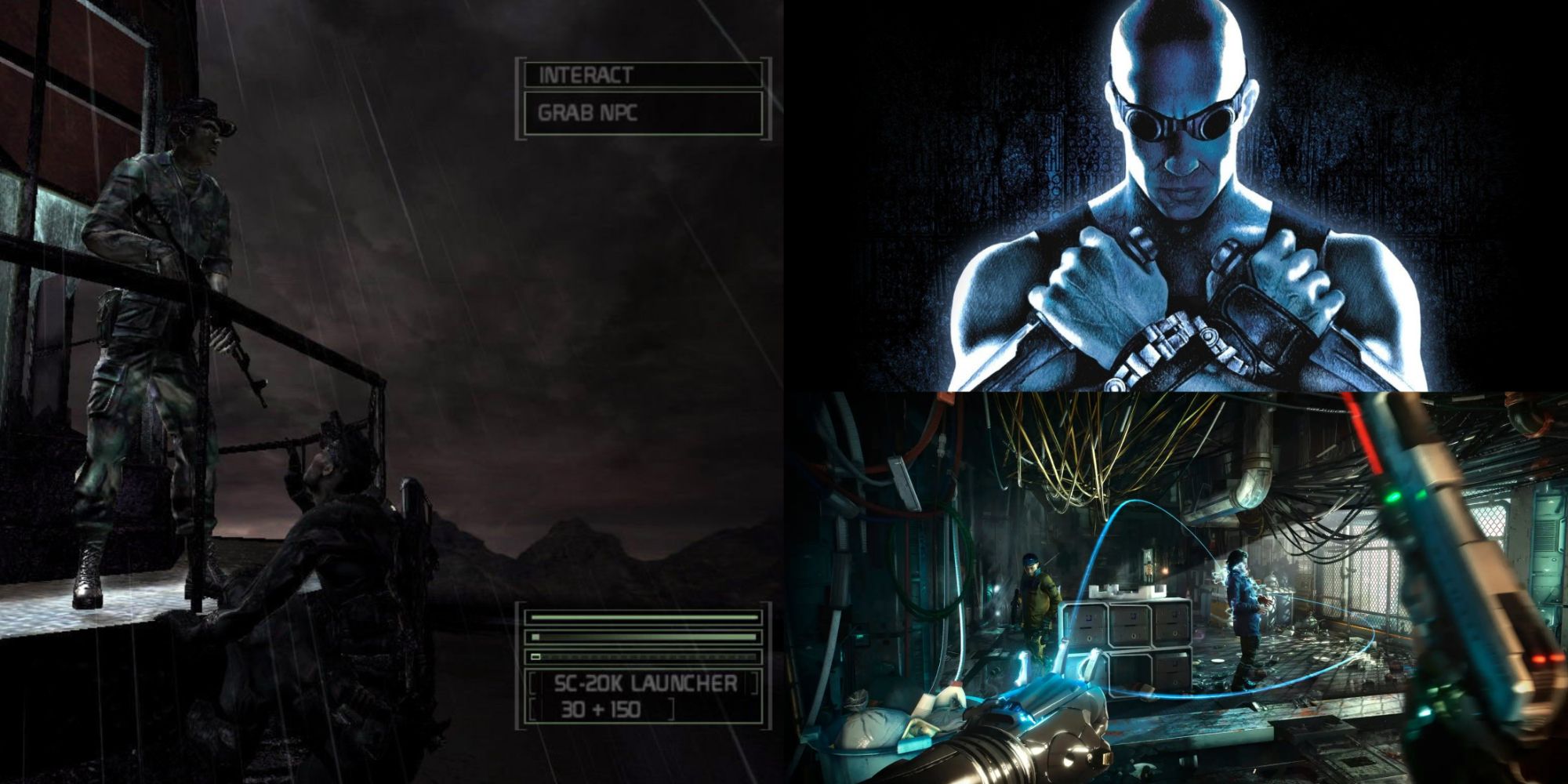
9 Hardest Stealth Games Ever Made, Ranked
In a plethora of stealth games, these remain to be the hardest ones ever made.


